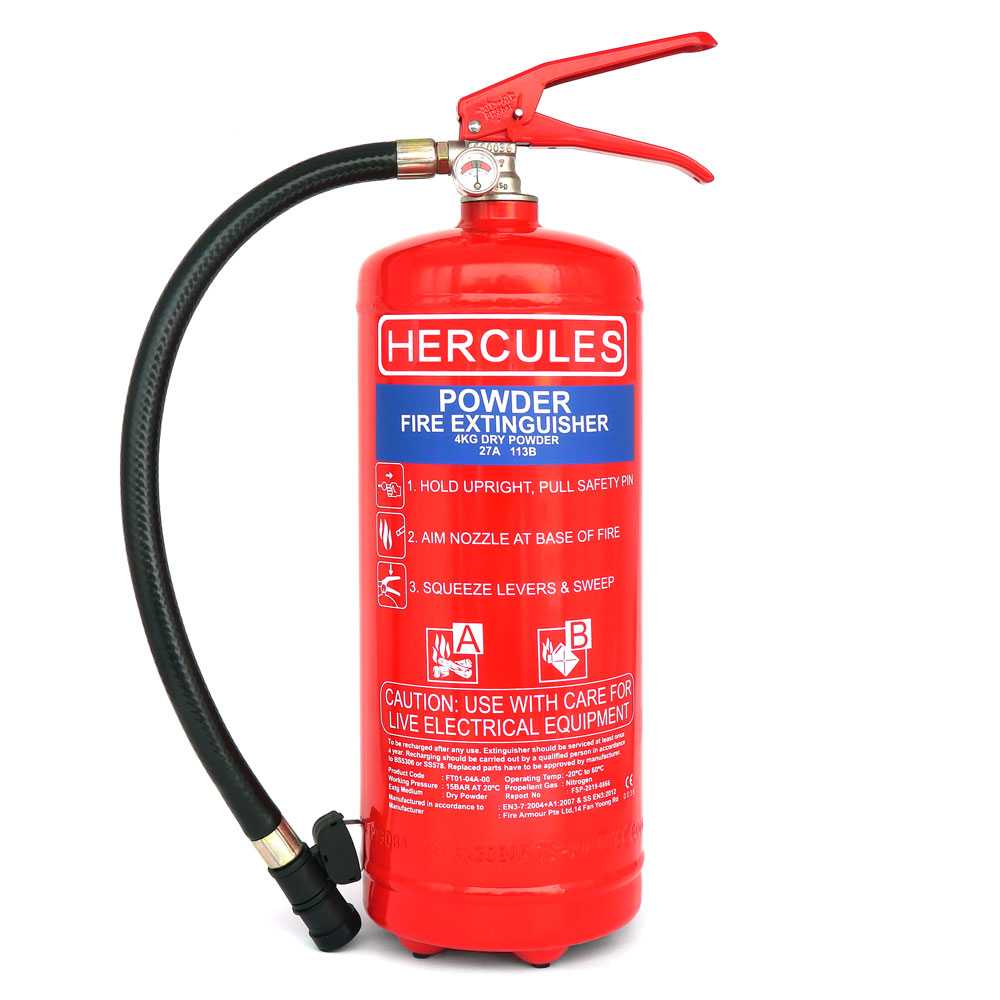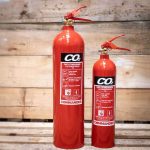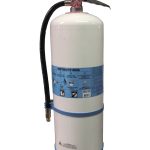Importance of Complying with OSHA Fire Extinguisher Regulations
Adhering to OSHA’s regulations, including the fire extinguisher 36 inch clearance rule, is crucial for multiple reasons. First, compliance ensures safety within the workplace. Clear access to fire extinguishers allows for swift action during an emergency, potentially saving lives and property. Second, OSHA compliance helps avoid legal repercussions. Businesses that fail to follow the rules may face fines and penalties. Lastly, maintaining OSHA standards contributes to a culture of safety. It sends a strong message to employees that their well-being is a top priority. Thus, understanding and applying the fire extinguisher 36 inch clearance OSHA regulation effectively is essential for a safe and lawful work environment.
Overview of OSHA’s 36-Inch Clearance Rule
The fire extinguisher 36 inch clearance OSHA regulation is straightforward. It requires that all fire extinguishers have clear space around them. This space must be at least 36 inches. This rule helps ensure that in an emergency, fire extinguishers are readily accessible. Employees must find and use them without delay or obstacles.
Why 36 Inches?
OSHA determined that 36 inches is the minimum space needed for a person to access and operate a fire extinguisher. This clearance gives enough room to remove the extinguisher from its bracket or cabinet. It also allows for quick movement in an emergency, which is critical for containing fires early.
Locating Fire Extinguishers
Fire extinguishers should be in plain view. They belong in locations where they are easy to see and reach. They must not be hidden behind equipment, doors, or inside closets. OSHA requires that employers place fire extinguishers along normal paths of travel.
Clearing the Path
A clear path to the fire extinguisher is essential. This means no furniture, machinery, or stock can infringe on the 36-inch clearance zone. Regular checks should occur to ensure the path remains unobstructed. Thus, a vital aspect of a safe workplace is maintaining the fire extinguisher 36 inch clearance OSHA sets forth.
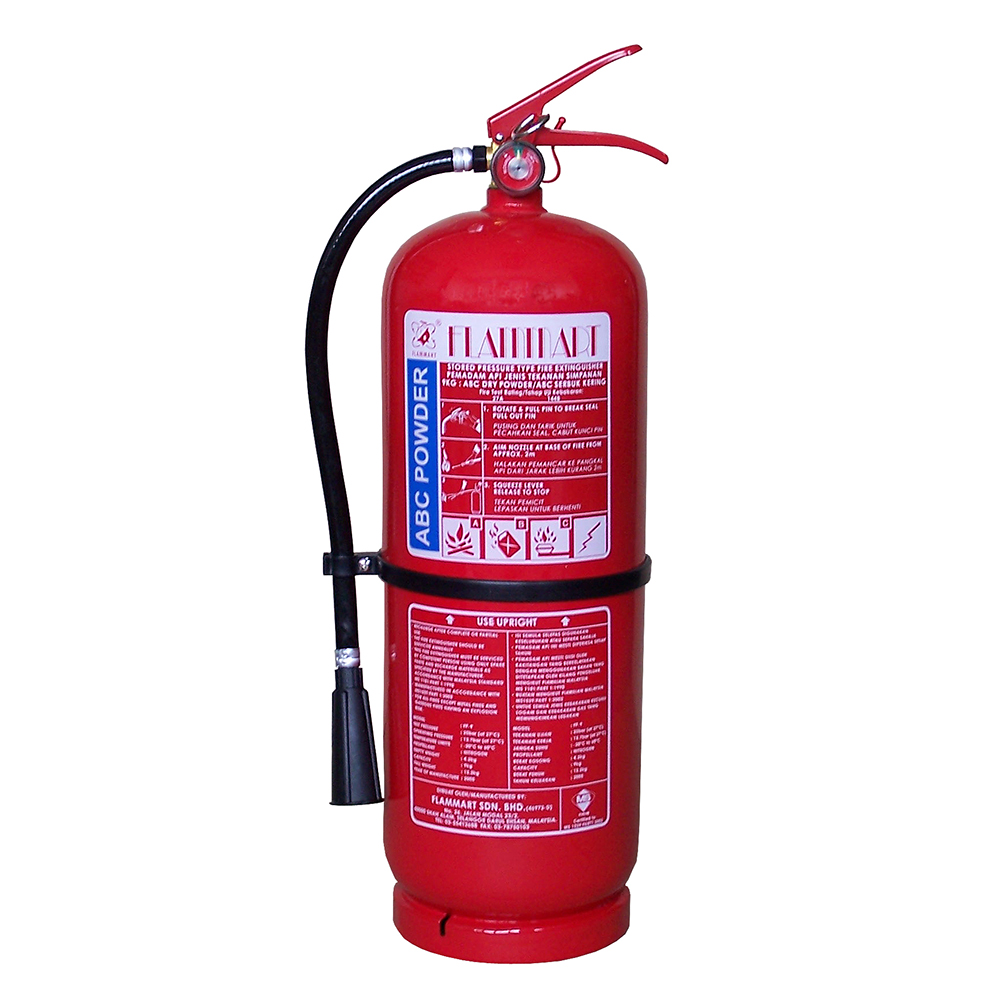
Types of Fire Extinguishers and Their Spacing Requirements
There are several types of fire extinguishers. Each has its own spacing requirements according to OSHA. These extinguishers include water, carbon dioxide, dry chemical, and foam. Ensuring the correct spacing for each is key.
Water and Foam Extinguishers
Water and foam extinguishers work on Class A fires. These include ordinary materials like wood, paper, and cloth. OSHA requires a travel distance to these extinguishers be no more than 75 feet. This makes them easy to reach in an emergency.
Carbon Dioxide Extinguishers
Carbon dioxide extinguishers are for Class B and C fires. These involve flammable liquids and electrical equipment. Here, OSHA mandates a maximum travel distance of 50 feet. It ensures quicker access to handle these high-risk fires.
Dry Chemical Extinguishers
Dry chemical extinguishers handle Class A, B, and C fires. Because of their versatility, OSHA has specific spacing needs. For Class A risks, the maximum travel distance is 75 feet. For Class B, it’s reduced to 50 feet. This spacing aids rapid response to various fire types.
By complying with the fire extinguisher 36 inch clearance OSHA rule for all types, safety is enhanced. Clear space and right placement ensure fast and efficient use during fires. Regular checks verify that spacing meets OSHA standards. This helps avoid fines and increases workplace safety.
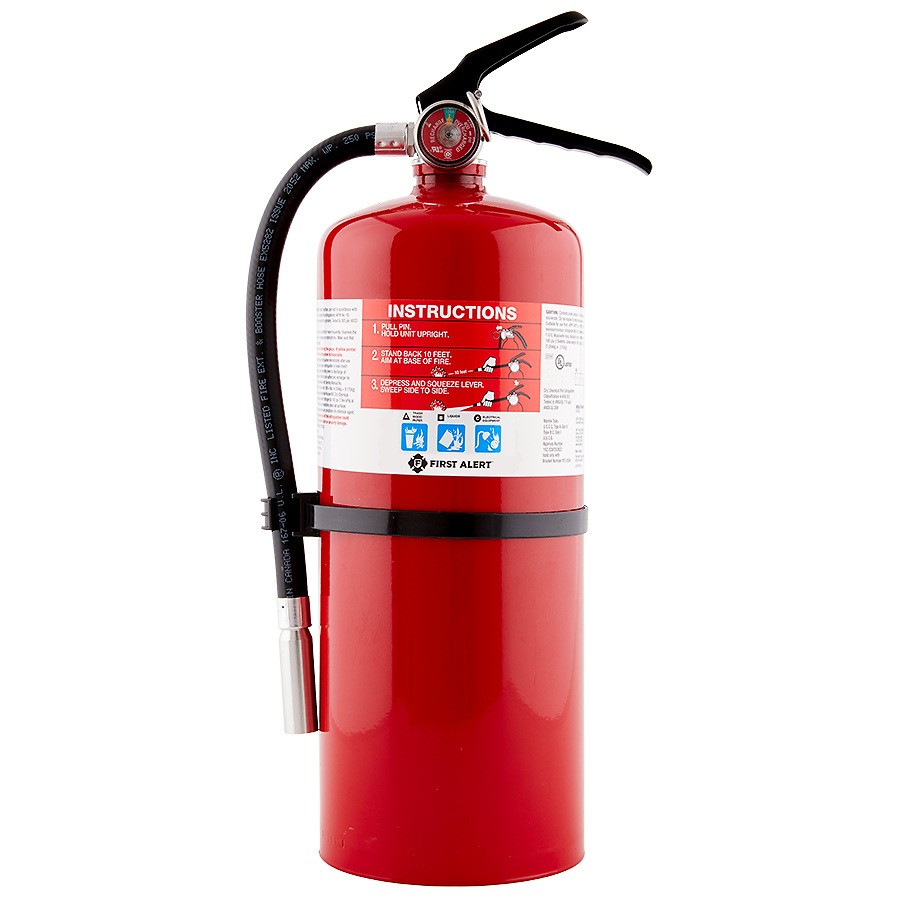
Strategies for Maintaining Clear Space Around Fire Exhibitors
To avoid fire hazards and comply with the fire extinguisher 36 inch clearance OSHA regulations, employers should adopt certain strategies. These efforts will ensure clear space is always available around fire extinguishers. Here are some practical measures to maintain the required clearance:
- Regular Inspections: Conduct frequent checks to confirm the clearance space is always open. Assign someone to inspect the areas around fire extinguishers at least once a month.
- Employee Training: Teach staff the importance of the 36-inch rule. Make sure they know not to place objects or equipment near fire extinguishers.
- Clear Signage: Use signs to mark the area around each extinguisher. This acts as a reminder to keep the space clear.
- Create a Safety Committee: Form a team responsible for fire safety. They can monitor compliance and address any issues quickly.
- Incorporate into Safety Audits: Include fire extinguisher access as a part of routine safety audits. This ensures the clearance rule is always met.
- Update Layout Plans: When changing the office or factory layout, factor in the extinguisher space. Avoid placing new furniture or machinery within the 36-inch zone.
- Implement a Reporting System: Encourage employees to report obstructions. This makes it easier to manage and clear the space promptly.
By integrating these strategies into everyday operations, businesses can uphold OSHA’s fire extinguisher spacing requirements effectively. This will foster a safer environment for all employees.
Penalties for Non-Compliance With OSHA Spacing Regulations
Failing to follow the fire extinguisher 36 inch clearance OSHA regulations can lead to serious consequences. Here’s what non-compliant businesses might face:
- Fines: OSHA can impose hefty fines on businesses that violate fire extinguisher spacing requirements. These fines may increase for repeat offenses.
- Legal Action: In worse cases, failure to comply can result in legal action. This can include lawsuits from employees or customers affected by the lack of safety measures.
- Increased Insurance Rates: Insurance companies may hike up premiums if they find out a business is not OSHA compliant. This can lead to long-term financial stress.
- Reputation Damage: Workplace accidents due to non-compliance can hurt a business’s reputation. It may lead to a loss of trust among customers and employees.
- Correction Orders: OSHA can issue orders that require businesses to fix compliance issues. This can sometimes lead to temporary shutdown of operations until corrected.
- Compounding Risks: Each inspection might reveal additional safety issues, leading to more penalties. This can compound the overall cost of non-compliance.
It is clear that the costs associated with not complying with OSHA requirements are high. Businesses should make every effort to meet the fire extinguisher 36 inch clearance rule to avoid these penalties.
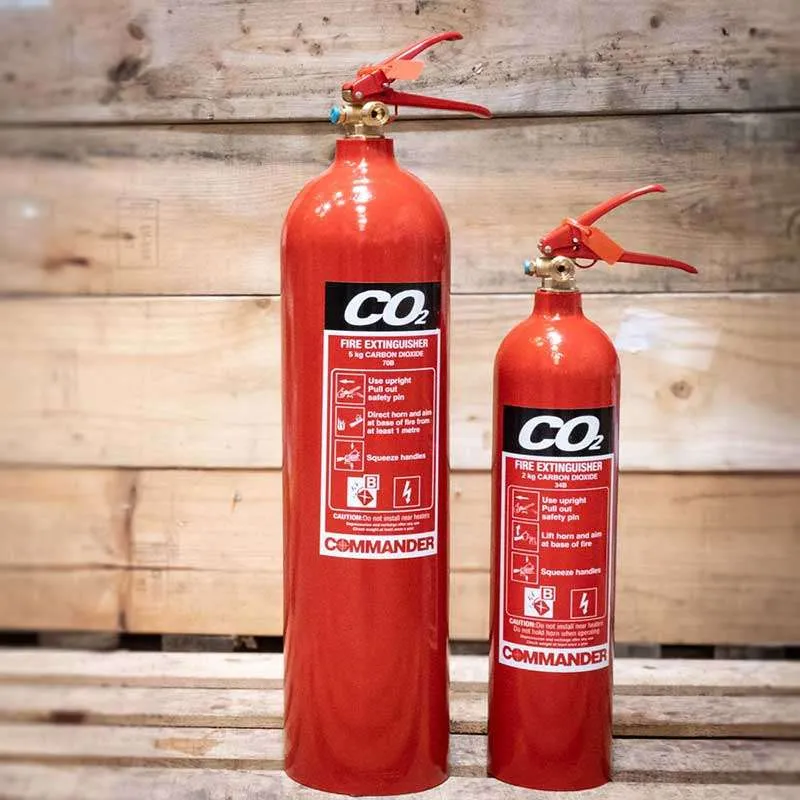
Impact of Fire Extinguisher Placement on Workplace Safety
The proper placement of fire extinguishers is vital for workplace safety. It affects how quickly a fire can be detected and controlled. When extinguishers are in the right spots, employees can access them without delay. This quick access is crucial in stopping fires before they spread. Failure to place extinguishers correctly can lead to tragic outcomes. Fires might grow too large before they’re addressed, endangering lives and property.
- Quick Detection: Fire extinguishers in plain view lead to faster discovery of fires.
- Speedy Response: Proper placement lets employees respond swiftly to contain fires early.
- Reduced Damage: Fast action with accessible extinguishers means less harm to the work area.
- Improved Evacuations: Clear paths to extinguishers also mean clear evacuation routes during emergencies.
Keep extinguishers along regular travel paths. This ensures they are noticeable and reachable in critical moments. Mark them with clear signs for easy identification. Always stick to the fire extinguisher 36 inch clearance OSHA regulation for safe and prompt access. Remember, safe extinguisher placement is not just about compliance; it’s about safety. By following the rules, we can all work towards a safer work environment.
Best Practices for Fire Extinguisher Installation and Maintenance
Ensuring fire extinguishers are installed and maintained correctly is key to workplace safety. Here are best practices to follow:
- Install Properly: Place extinguishers at the right height. The top should not be more than five feet above the floor. For heavier units, keep the top at 3.5 feet for easier access.
- Easy to Find: Position extinguishers near room exits and high-risk areas. Make sure they are visible and marked with signs.
- Check Regularly: Inspect extinguishers monthly. Look for signs of damage or tampering. Ensure they are full and ready to use.
- Record Inspections: Keep a log of each check. Note the date, inspector’s name, and any issues found.
- Train Employees: Teach staff how to use extinguishers. Hold regular training sessions to refresh their knowledge.
- Service Yearly: Have a professional service all extinguishers annually. They can perform in-depth checks and maintenance.
- Replace When Needed: Do not use outdated extinguishers. Follow the manufacturer’s guidelines for replacement.
By adhering to these practices, you uphold the fire extinguisher 36 inch clearance OSHA mandates. You also ensure extinguishers work correctly in an emergency.
OSHA Guidelines for Fire Extrtinguisher Signage and Visibility
Ensuring that fire extinguishers are visible and signs are clear is a priority under OSHA regulations. This helps workers quickly identify and locate fire extinguishers in an emergency. Here are the key guidelines:
- Signage: Place signs above fire extinguishers to mark their location. Use bright, contrasting colors for high visibility.
- Visibility: Fire extinguishers should never be obscured from view. Avoid placing them behind doors, under stairs, or inside closets that may be closed.
- Accessibility: Along with the fire extinguisher 36 inch clearance OSHA rule, make sure nothing blocks the view or path to the extinguisher. This includes equipment, banners, or hanging objects.
- Identification: Use pictograms and text on signs. They should show the extinguisher type and instructions for use, aiding those unfamiliar with them.
- Lighting: Ensure that fire extinguisher locations are well-lit. This helps in identification during power outages or low-light situations.
- Regular Checks: Incorporate signage and visibility checks into your monthly fire extinguisher inspections. Replace any faded or damaged signs promptly.
Clear signage and visibility not only comply with OSHA’s rules but also play a crucial role in fire safety. They guide employees during a crisis, paving the way for a prompt response. By following these guidelines, businesses can significantly reduce the risk of injury or damage during a fire incident.
